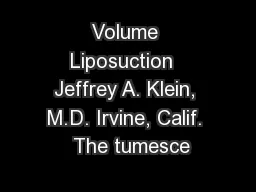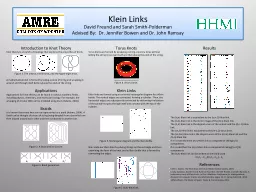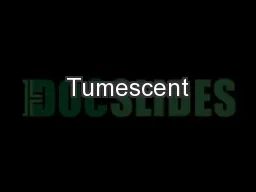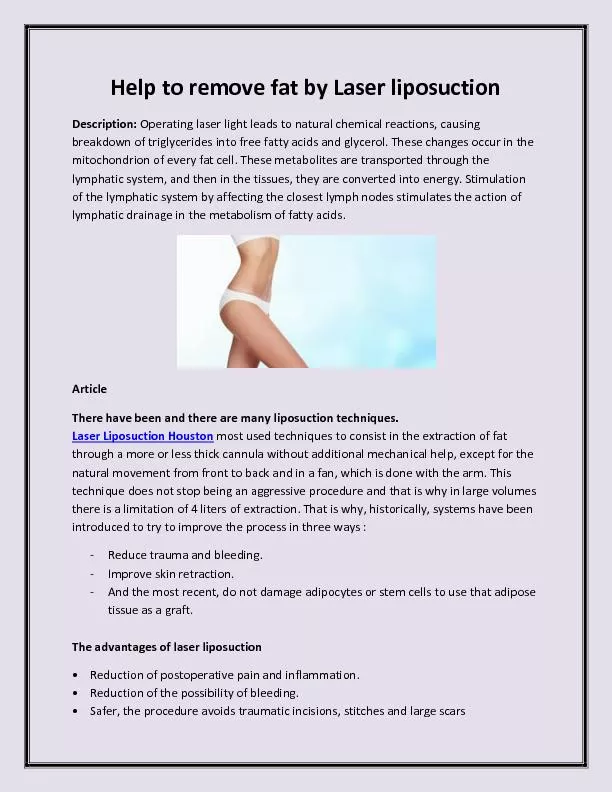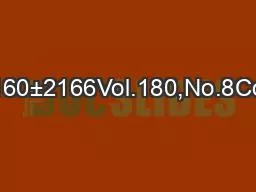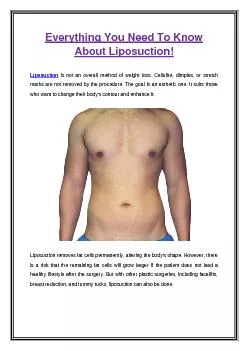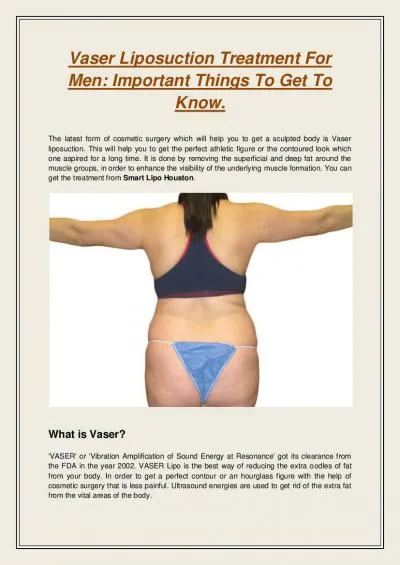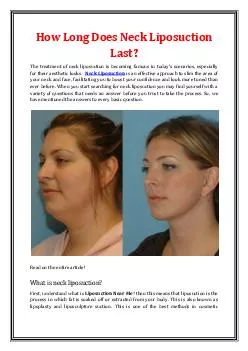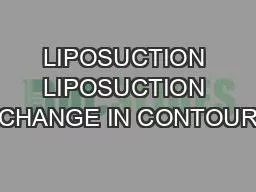PDF-Volume Liposuction Jeffrey A. Klein, M.D. Irvine, Calif. The tumesce
Author : cheryl-pisano | Published Date : 2015-11-21
based surgical fac latory surgicenter None of the patients were hospitalized Patients were prescribed antibiotics cefadroxil 500 mg or doxycycline 100 mg taken twice
Presentation Embed Code
Download Presentation
Download Presentation The PPT/PDF document "Volume Liposuction Jeffrey A. Klein, M...." is the property of its rightful owner. Permission is granted to download and print the materials on this website for personal, non-commercial use only, and to display it on your personal computer provided you do not modify the materials and that you retain all copyright notices contained in the materials. By downloading content from our website, you accept the terms of this agreement.
Volume Liposuction Jeffrey A. Klein, M.D. Irvine, Calif. The tumesce: Transcript
Download Rules Of Document
"Volume Liposuction Jeffrey A. Klein, M.D. Irvine, Calif. The tumesce"The content belongs to its owner. You may download and print it for personal use, without modification, and keep all copyright notices. By downloading, you agree to these terms.
Related Documents

